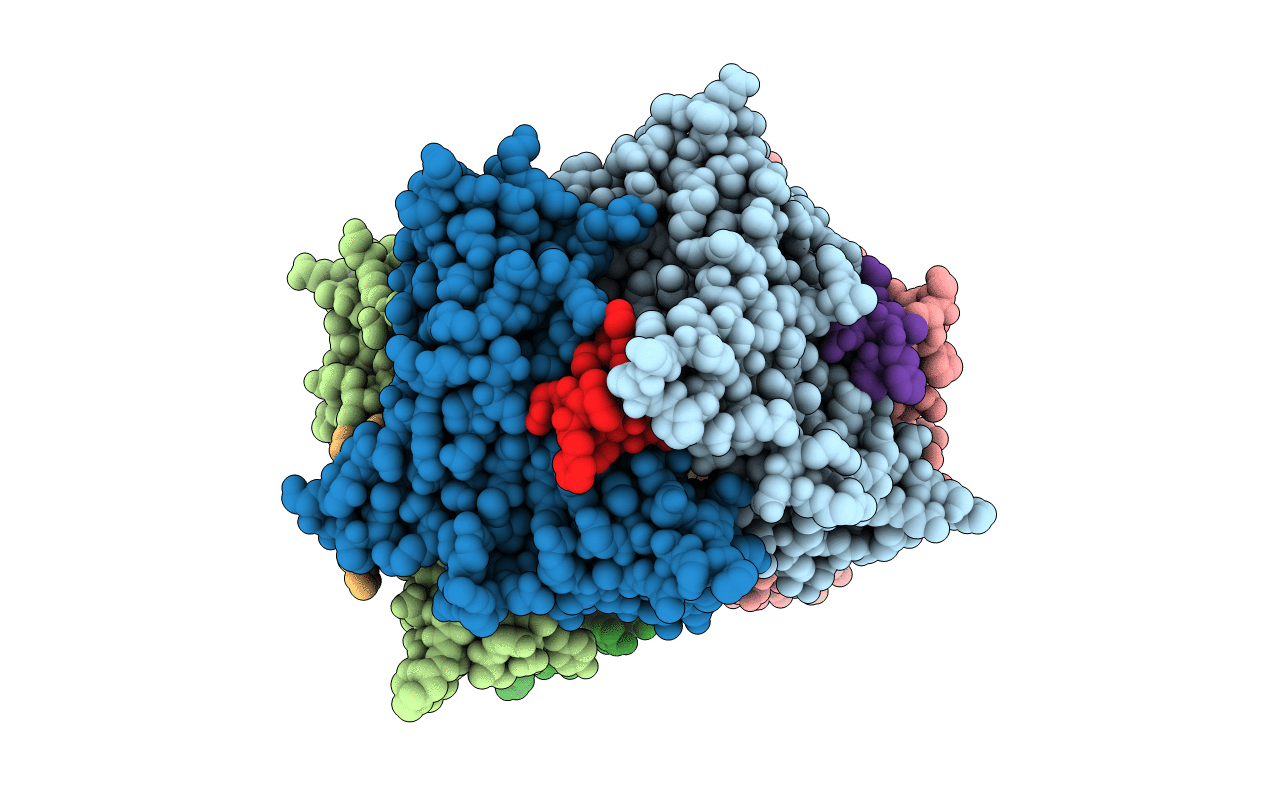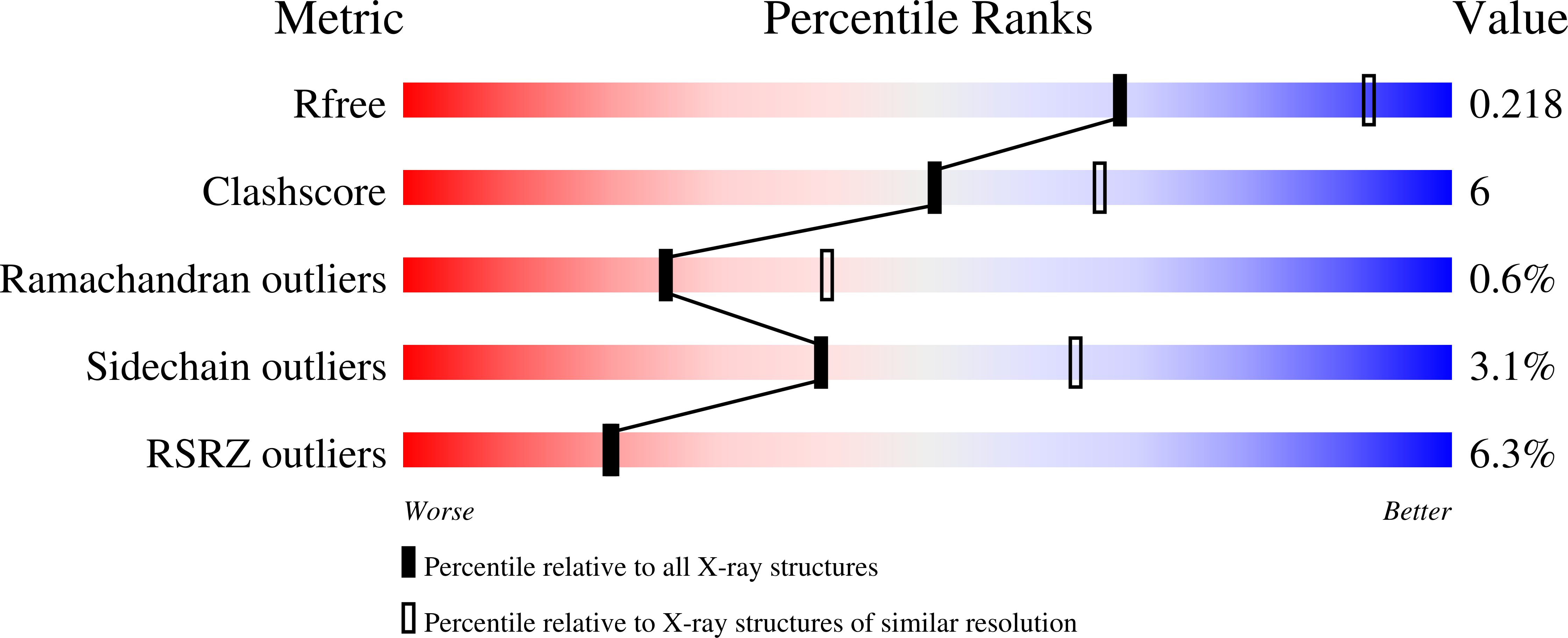
Deposition Date
2021-06-03
Release Date
2021-12-01
Last Version Date
2024-11-20
Entry Detail
PDB ID:
7N43
Keywords:
Title:
Alpha-conotoxin OmIA with unusual pharmacological properties at alpha7 nicotinic receptors
Biological Source:
Source Organism:
Lymnaea stagnalis (Taxon ID: 6523)
Conus omaria (Taxon ID: 89429)
Conus omaria (Taxon ID: 89429)
Host Organism:
Method Details:
Experimental Method:
Resolution:
2.47 Å
R-Value Free:
0.21
R-Value Work:
0.18
R-Value Observed:
0.18
Space Group:
P 4 21 2


